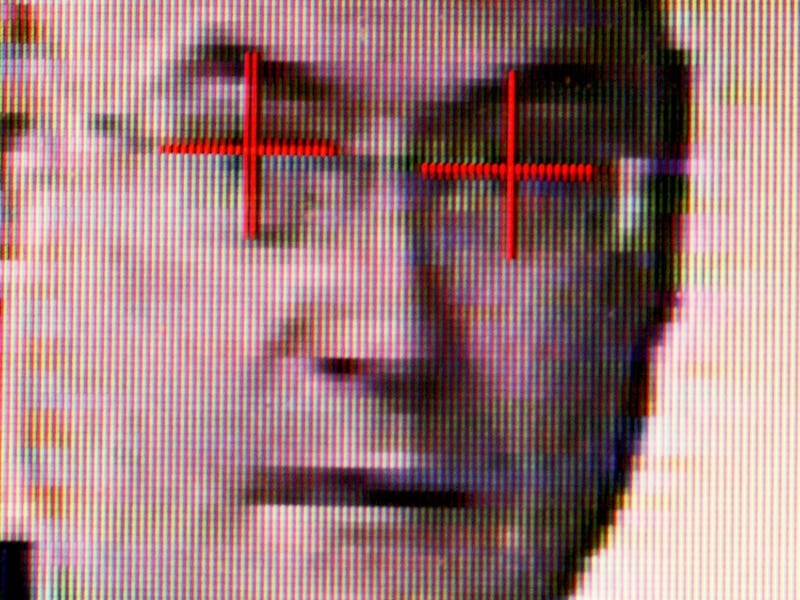How Facial Recognition Tech Identified Annapolis Shooter Jarrod Ramos
Massive libraries of images were scanned to find a match.

Thursday’s fatal shooting at The Capital Gazette in Annapolis, Maryland, left five employees of the community newspaper dead, with several other wounded, but police arrested and identified the alleged shooter, 38-year-old Jarrod Warren Ramos, even after he had mangled his own fingers so badly his finger prints couldn’t be read.
The relatively quick identification was thanks facial recognition software, the increasingly popular tech among police departments that also raises serious concerns about misuse and privacy invasion.
Ramos — who feuded with the paper and even filed a defamation lawsuit in 2012 and lost — used a shotgun and smoke grenades to commit the violent act, reports the The Baltimore Sun. The names of the deceased — Wendi Winters, Rebecca Smith, Robert Hiaasen, Gerald Fischman, and John McNamara — were released on Thursday night.
How Facial Recognition Tech Was Used to ID Annapolis Shooter
Police responded to the shooting and say they caught Ramos hiding under a desk, but he had mutilated his fingers in an attempt to avoid identification, a police official confirmed. Another law enforcement source told the Associated Press facial recognition was used to determine Ramos’ identity.
Investigators reportedly took a photo of his face and compared it to databases of passport and driver’s license photos. They found his photo in one of the databases and matched it to their photo, confirming his identity.
A mug shot of Ramos. A photo of him was used against a database of passport and driver's license photos to match it to his photo in the database and identify him.
Facial recognition software is one of the newest technologies used by law enforcement. It works by capturing an image of a person’s face and creates a “faceprint,” which is a set of unique identifiers for a person’s face. This includes the size of the eyes, thickness of eyebrows, shape of a nose and so on. That faceprint can then be compared stored images in order to find a match.
See also: You May Actually Want to Opt in to the Facial Recognition Tech of Tomorrow
In 2017, Rolling Stone published an article about the facial recognition technology used by the Baltimore Police Department. The German company behind the technology, Cognitec, specializes in facial recognition technology, which it calls FaceVACS. The software can perform “real-time identity against image databases.”
Facial recognition software is not perfect. Last year, a House Oversight Committee hearing found the FBI had issues with its database causing inaccurate face matching. Along with the inaccuracy of the software, there are privacy issues to consider regarding collecting images of people’s faces that can be used to identify them in the future.
See also: China Deploys ‘Mission Impossible’ Tech: Facial Recognition Glasses